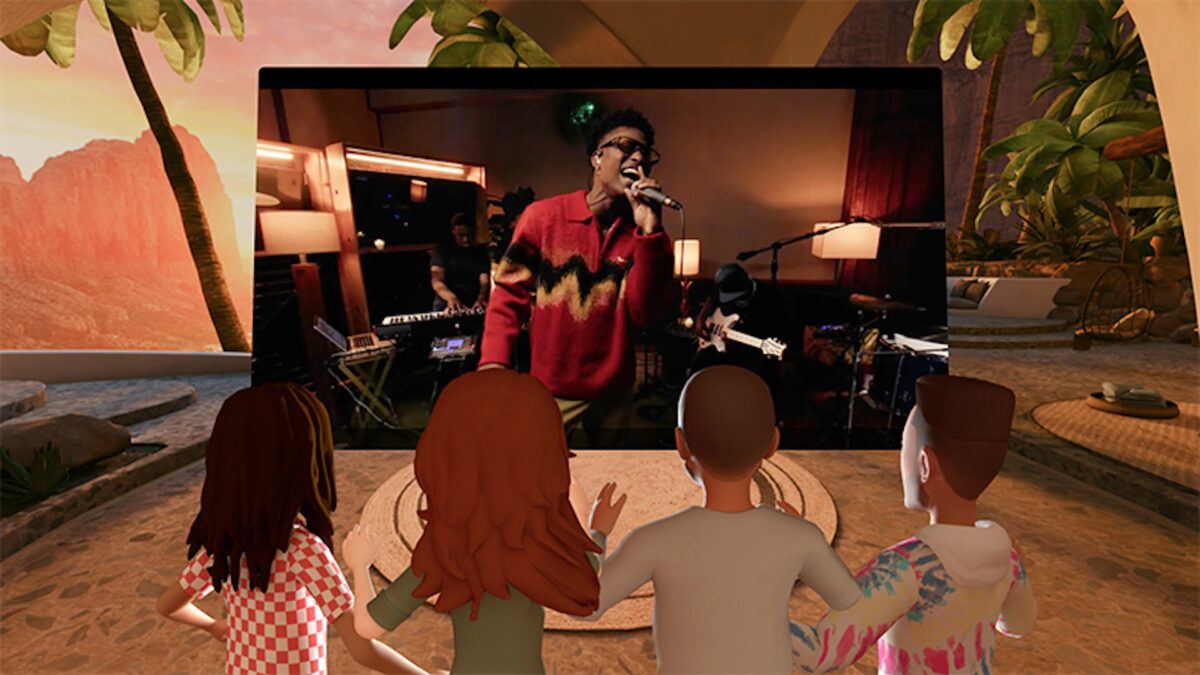Meta halves targeted user base for Horizon Worlds

Meta's proto-metaverse Horizon Worlds is still not going well. In addition, strategic decisions and critical issues keep leaking out, further damaging confidence in Meta's metaverse plans.
Following the leaked, highly critical internal memos from metaverse CEO Vishal Shah, the Wall Street Journal has now also gained access to internal papers with usage data on Horizon Worlds. These are significantly below Meta's self-imposed targets and also around 30 percent below the figures officially communicated in February.
Meta significantly lowers user base targets
According to internal documents obtained by the WSJ, Meta wanted to bring half a million active users to Horizon Worlds by the end of the year. That number has now been cut nearly in half, to 280,000. Currently, Horizon Worlds has fewer than 200,000 active users, twice as many of whom are men as women.
In February 2022, there was still talk of 300,000 users, but the VR event platform Venues was included here with users who possibly only dialed in once for a heavily advertised Foo Fighters concert. This would explain the decline in users since then. Venues is now a part of Horizon Worlds.
Horizon Worlds officially launched in the U.S. and Canada in late 2021 and is currently rolling out to other European countries.
User quality over user quantity
Shah had announced internally in September that he would prioritize user quality over high user quantity. Horizon Worlds does have more than 10,000 VR worlds created by brands and users, according to Meta. However, only nine percent of those were visited by more than 50 people, according to the internal documents. Most of those worlds were not visited at all.
In a survey of 514 Horizon users, frequent criticisms were that they could not find any interesting worlds or other users, that the avatars did not look real, and that they had no legs. The team justifies the low number of survey participants by saying that the available pool of eligible users is "small and precious."
Monetization doesn't work yet either, which isn't surprising given the low number of active users: the most lucrative virtual world in Horizon brought in $10,000 through transactions directly in the world. A donation feature for creators made $470 across all worlds.
The number of active users is said to be far behind VRChat and Second Life, but both are also accessible outside VR. So the comparison is flawed - for now.
Expanding Horizon: Litmus test ahead
The fact that Horizon Worlds is little used in its current state is closely linked to the low penetration of Meta's VR headsets. The available market of users is small anyway, within this market only a segment is interested in social VR worlds, and these users obviously find more interesting alternatives to Horizon Worlds in applications like Rec Room or VRChat.
For good reason, Meta is therefore aiming to expand out of VR and onto the browser, consoles, and smartphone with Horizon Worlds: The VR barrier slows down user growth too much. The VR worlds mentioned are already available on many devices without VR, and the higher number of users in turn makes them attractive to more people.
The Monitor expansion will therefore be the real litmus test for Horizon Worlds: Meta must now show that it is capable of developing an interesting 3D world that captivates millions of users over a long period of time and is suitable as the basis for a digital ecosystem that will gradually be increasingly experienced in VR.
In addition to Horizon Worlds, Meta is also betting on the 3D world Crayta, which it bought in 2021 and which has already brought with it a large user base.
Note: Links to online stores in articles can be so-called affiliate links. If you buy through this link, MIXED receives a commission from the provider. For you the price does not change.